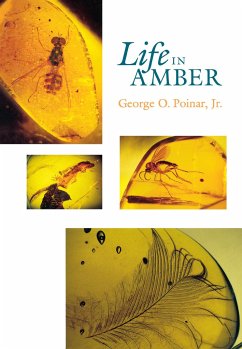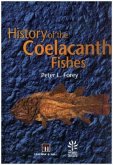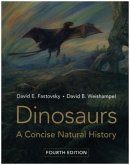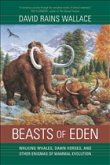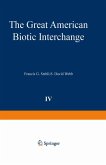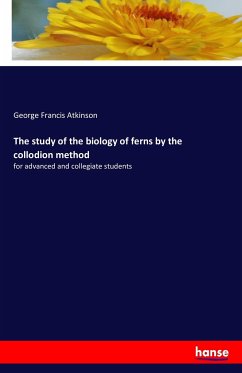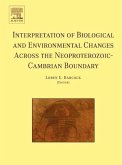Amber is a semi-precious gem that is formed over eons by natural forces out of the resin of trees. Human fascination with amber dates back to prehistoric times, when it was probably considered to have magical powers and was used for adornment and trade. Amber amulets and beads dating from 35,000 to 1,800 B.C. have been found, and where they have been found (for example in graves hundreds of miles from their chemically determined origins) has often helped to establish ancient trade routes. The preservative qualities of plant resins were well known by the ancients. The Egyptians used resins to embalm their dead, and the Greeks used them to preserve their wine. Amber often preserved fossils, frequently in a pristine state, of all kinds of animal and plant organisms that made contact with the sticky substance and became trapped in it. These fossils include such fragile organisms as nematodes and mushrooms that ordinarily are not preserved under normal processes of fossilization, as well as larger organisms like scorpions and lizards, and the fossils are preserved in their full three-dimensional form, complete with minute details of scales, mouth parts, antennae, and hairs. It has even been suggested that viable DNA may persist in some amber-trapped organisms. This book is a compendium of all that we know about life found in amber. It surveys all life forms, from microbes to vertebrates and plants, that have been reported from amber deposits throughout the world, beginning with the earliest pieces dating from some 300 million years ago. It also describes the formation of amber and the location, geological history, and early exploration of the major world amber deposits, including those stillbeing worked today. The book also provides practical information on how to determine fake amber containing present-day forms of life. It can serve as a beginning for tracing the geological history of a particular group of animals or plants or even reconstructing ancient paleoenvironments, and because amber fossils are preserved so completely, in a transparent medium, they can be intimately compared with related living species. Finally, the book discusses what amber fossils can tell us about evolution and speciation, cellular preservation, and paleosymbiosis. The book is illustrated with 37 color photographs, 154 black-and-white photographs and drawings, and 8 maps.
Hinweis: Dieser Artikel kann nur an eine deutsche Lieferadresse ausgeliefert werden.
Hinweis: Dieser Artikel kann nur an eine deutsche Lieferadresse ausgeliefert werden.

